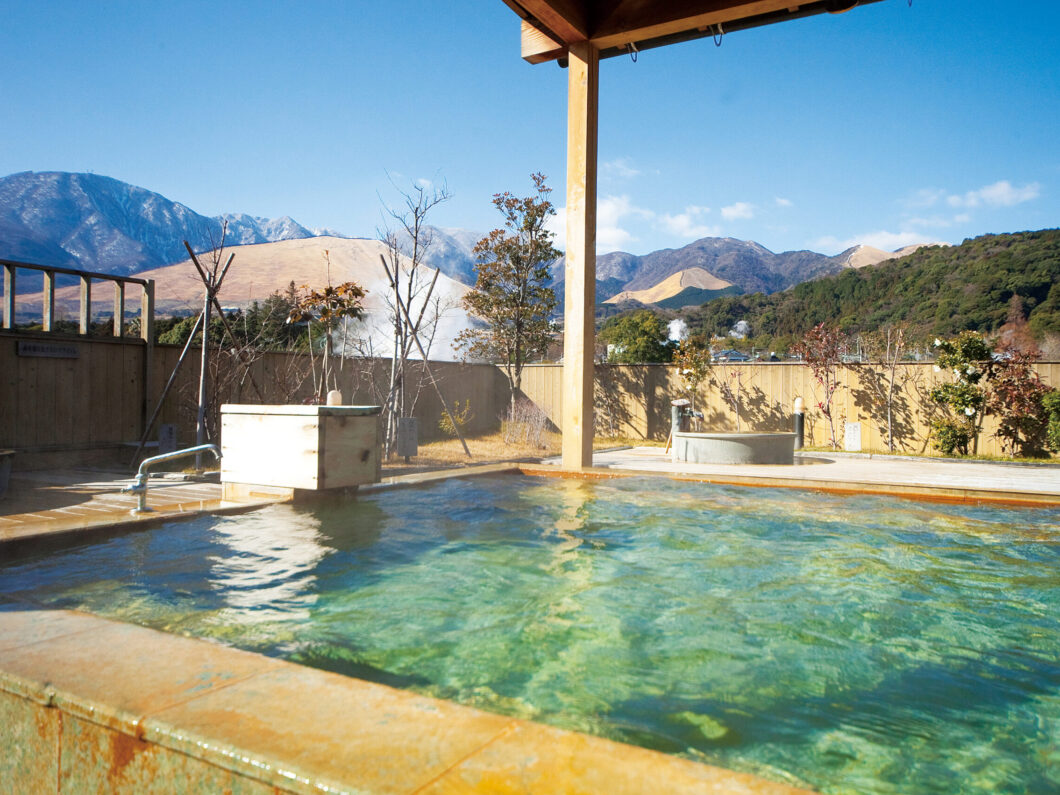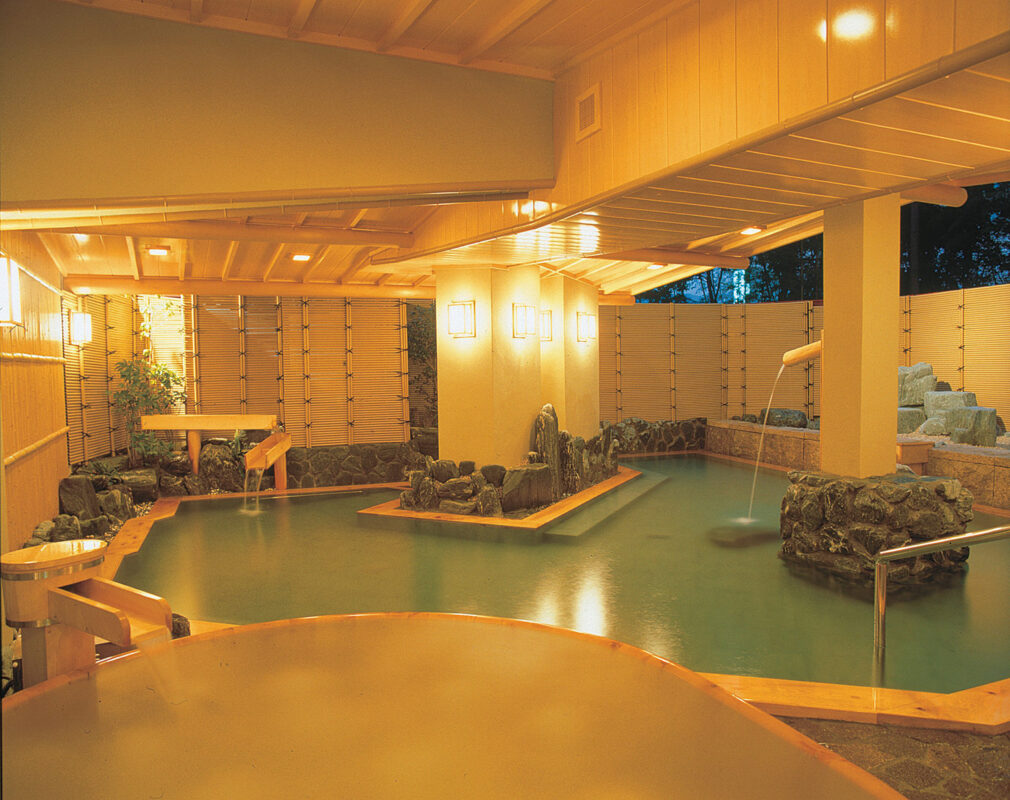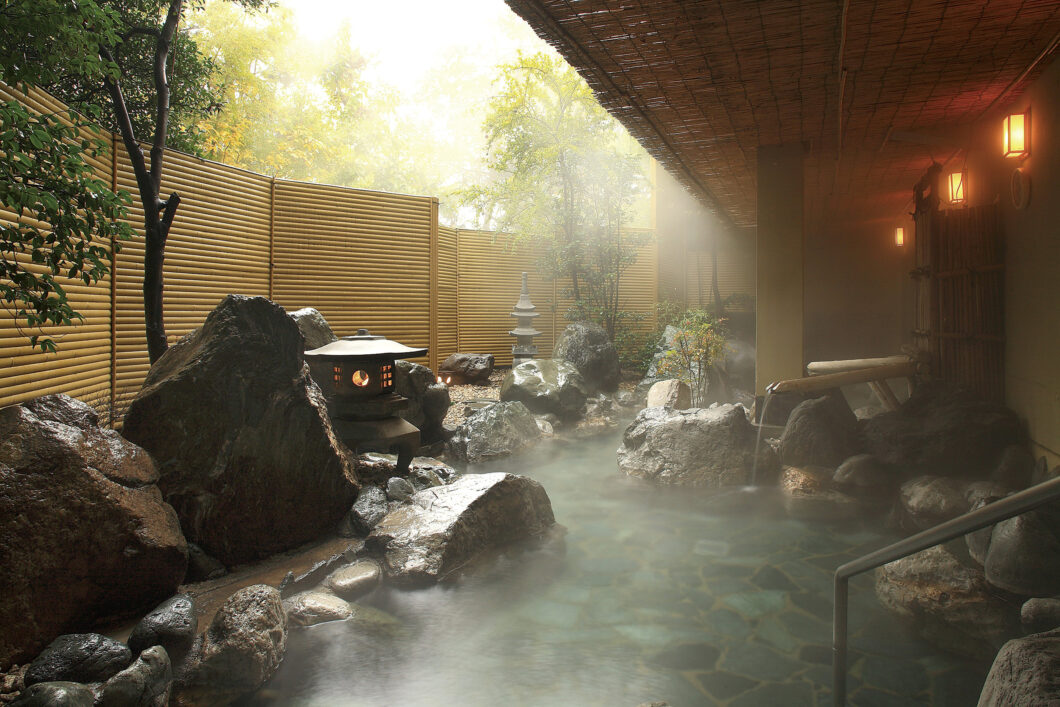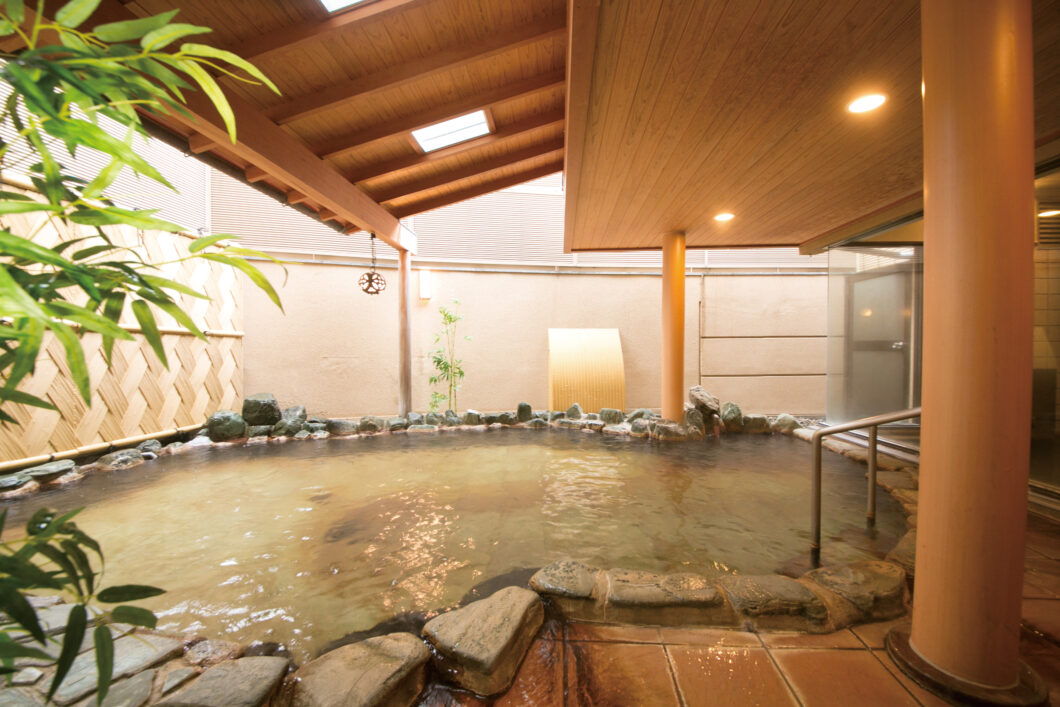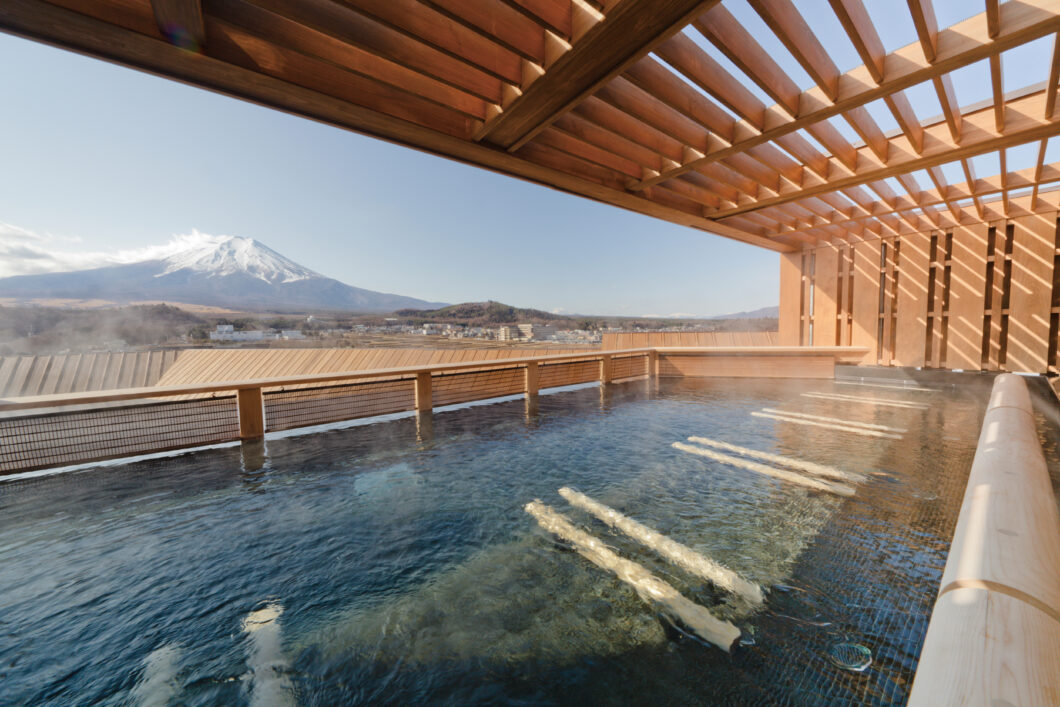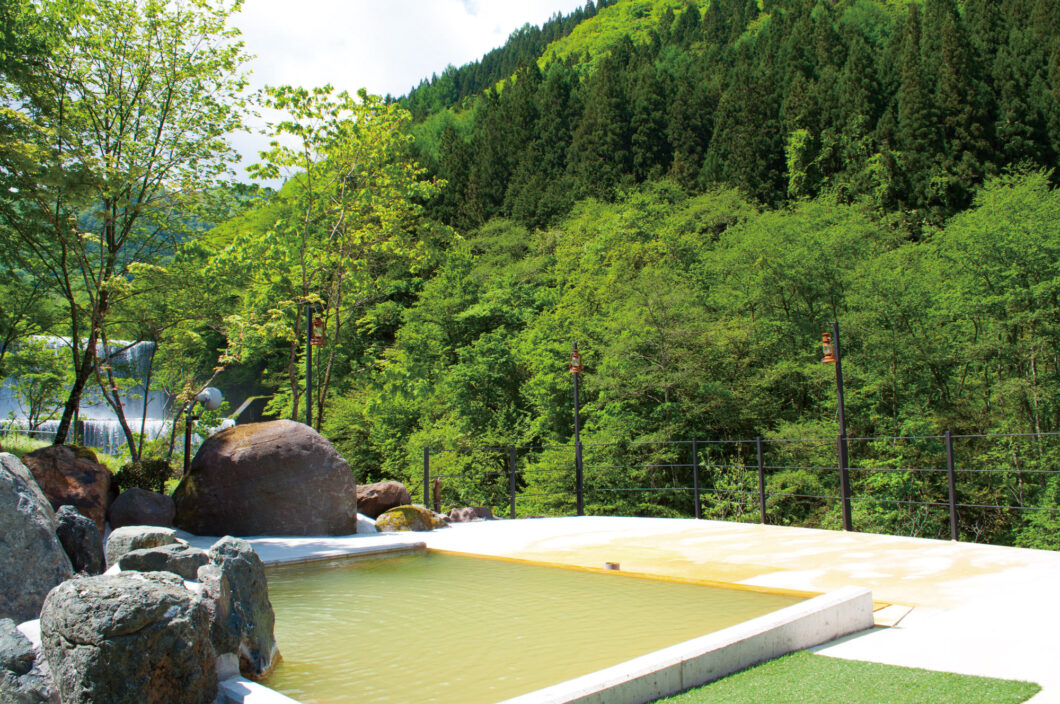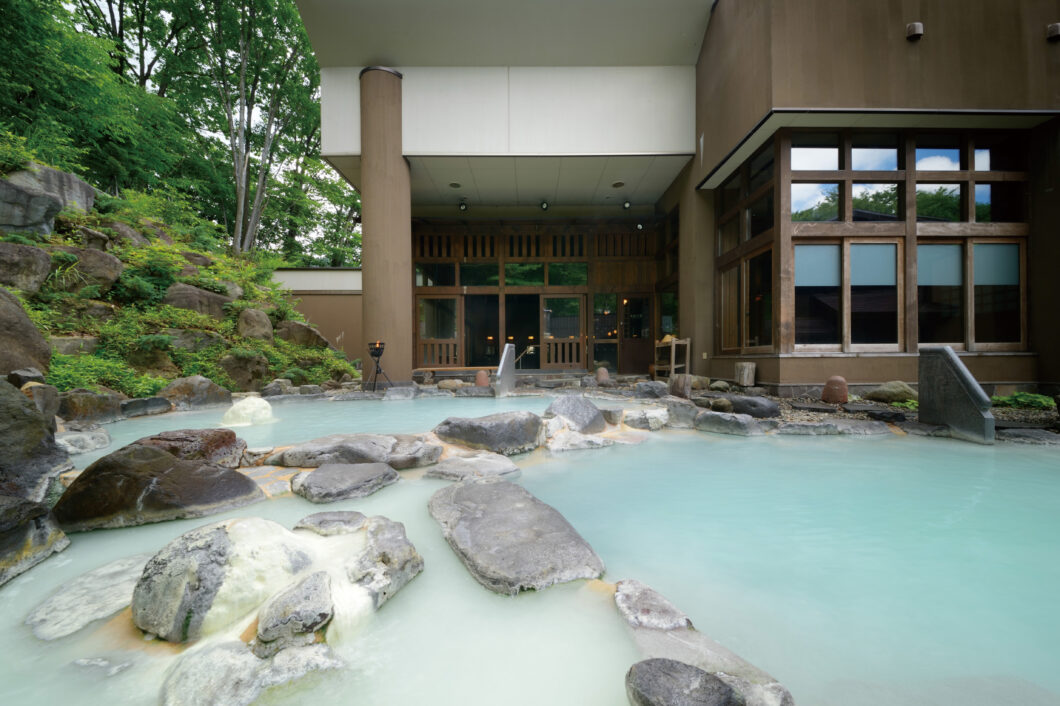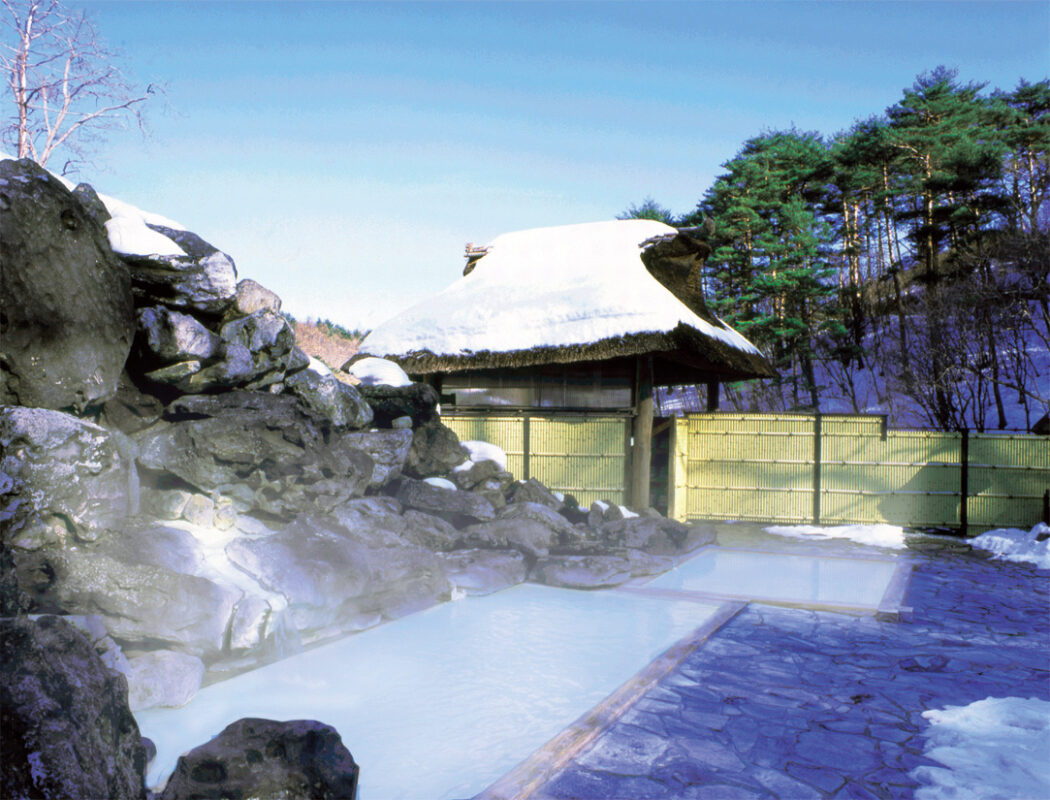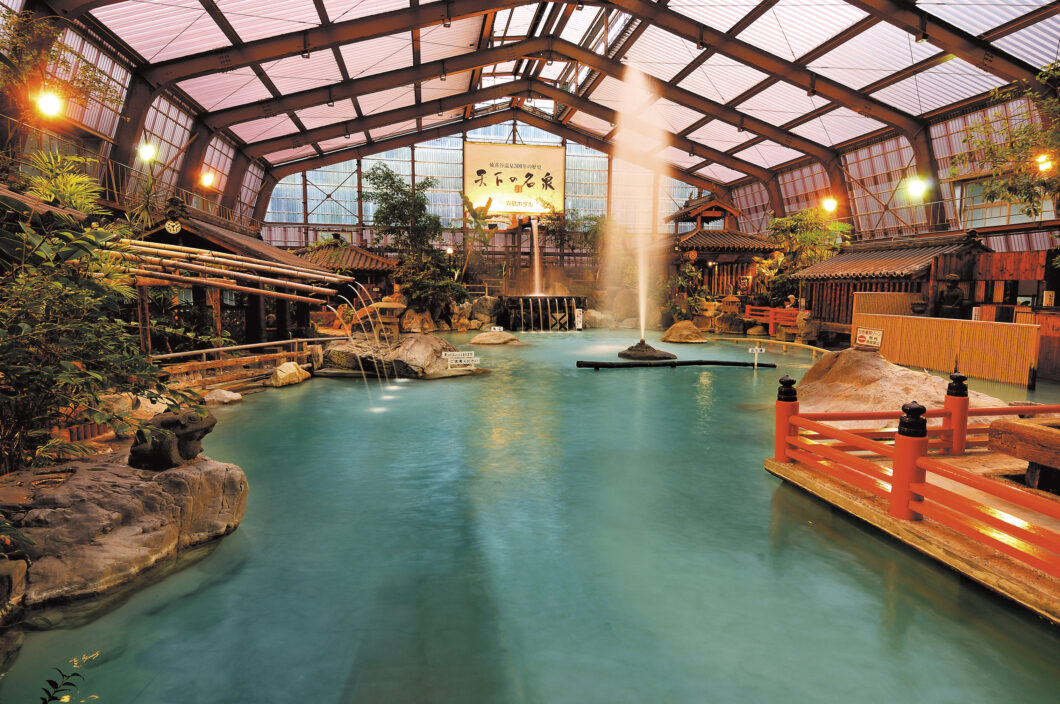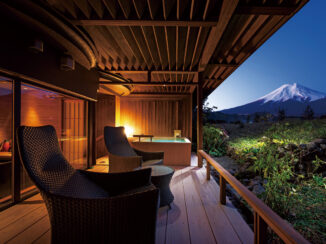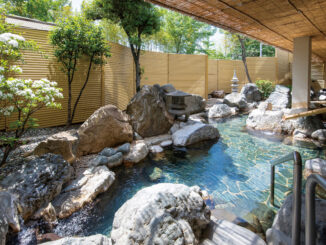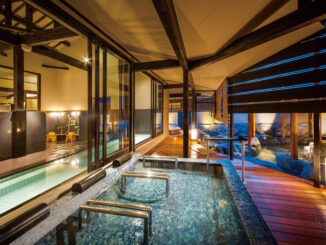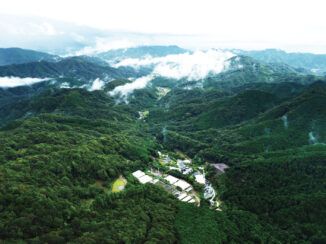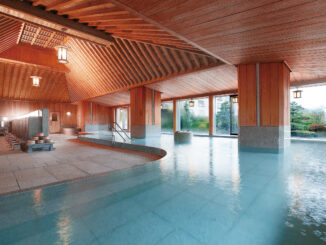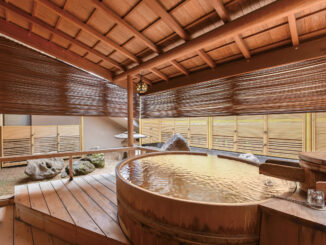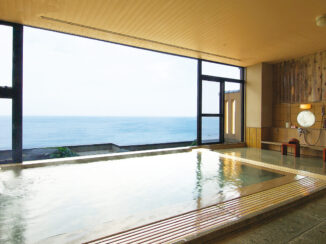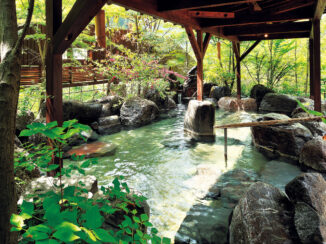Featured
INDEX
- The four major beauty spring qualities that create beautiful skin
- Hot springs certified as "beautiful skin hot springs"
- A lodging facility with alkaline simple springs and a high pH value.
- An inn with sulfuric acid hot springs that boasts one of the highest alkaline concentrations in the country at pH 10.3
- A bicarbonate spring rich in metasilicic acid wells up at the foot of Mt. Yakedake
- Sulfur springs can be enjoyed at hot springs all over Japan
There are many hot springs known as "beauty baths" or "beautiful skin baths." The most common five-star inns are those that boast of their "beauty and skin-beautifying effects." Beauty baths are hot springs that are expected to make the skin beautiful and smooth, but since creating beautiful skin is not listed as an indication for the Hot Springs Act, in order to find hot springs with skin-beautifying effects, it is necessary to pay attention to the ingredients in the hot spring. The three hot springs known as Japan's top beauty baths are Kawanaka Onsen in Gunma Prefecture, Ryujin Onsen in Wakayama Prefecture, and Yunokawa Yunokawa Onsen in Shimane Prefecture, but there are also many five-star inns where you can enjoy beauty baths that live up to the established theory.
So what is this "beautiful skin bath"? The natural ingredient "metasilicic acid" has the effect of regulating the ceramides in the skin. If the content is 50 mg or more per kilogram of hot spring water, it is considered to be "beautiful skin bath," and if it is 100 mg or more, it is said to have a strong "skin-beautifying effect." Many five-star inns offer hot springs containing metasilicic acid, but for example, the Oniyama Hotel in Beppu Hachiyu , has an astonishingly high metasilicic acid level of over 400 mg, and you can enjoy it directly from the source. The spring quality is a chloride spring. If you soak in the water, you will feel your skin become moist and smooth after bathing. If you are troubled by dry skin, you should definitely try it. The large public bath and open-air bath at the inn have a "hot spring analysis chart" posted, so it's a good idea to check the metasilicic acid level before bathing.
The four major beauty spring qualities that create beautiful skin
Simple springs can be enjoyed by people of all ages and genders because they are colorless, transparent, tasteless, odorless, and pleasant to the skin, but simple springs with a pH of 8.5 or higher are called alkaline simple springs. They remove old dead skin cells and promote metabolism, removing dullness from the skin and making it smooth. It is said that the higher the pH value, the stronger the effect of removing dead skin cells from the skin.
Hot springs range from acidic to alkaline, but if they are close to neutral they are gentle on the skin, while if they are highly alkaline they soften the skin and make it easier to remove old dead skin cells and dirt. They emulsify and wash away the skin, leaving it smooth as if it had been washed with soap. You will feel refreshed after taking a bath, and people with oily skin will feel especially refreshed.
It moisturizes the skin and makes it smooth. Because it helps to eliminate melanin, it is also called "anti-spot bath" or "whitening bath." It also promotes blood flow and is effective in detoxifying waste products.
This hot spring has a distinctive smell reminiscent of rotten boiled eggs, which gives it a hot spring-like quality. It is expected to have the effect of tightening the skin and increasing its firmness. It has the effect of promoting blood flow, carrying oxygen and nutrients to the body while also supporting the excretion of waste products. It is also rich in moisturizing ingredients.
Hot springs certified as "beautiful skin hot springs"
Pola Orbis Holdings is now fully deploying its "Beautiful Skin Hot Spring Certificate" service, which scientifically verifies the skin-beautifying effects of hot springs, to hot spring facilities, inns, and regions across the country. The background to this is that inns have been asking questions such as, "We advertise our hot springs as beautiful skin hot springs, but we've had trouble answering questions when customers ask us about the skin-beautifying effects," "We've been praised for our good water, but we want to have it verified by a third party so we can confidently promote our skin-beautifying effects," and "Our hot springs are colorless and odorless, but we want to highlight their appeal that sets them apart from other hot springs." In response, Pola Orbis Holdings applied its knowledge and analytical techniques cultivated through skin science research to develop a method to systematically evaluate the skin-beautifying effects of hot springs. In addition, it designed a certification logo mark that hot spring users can understand at a glance, and created a "Beautiful Skin Hot Spring Certificate" system in which a research report and a certificate are given as a set.
Two five-star inns with hot springs that have been certified as "beautiful skin hot springs" are Keizan Hanayagi no Sho in Isawa Onsen, Yamanashi Isawa Onsen , and Atami OnsenFuruya Ryokan in Atami Onsen, Shizuoka Prefecture. Keizan's spring quality is alkaline simple spring. Furuya Ryokan's source spring, Seizaemon no Yu, is a "sodium calcium chloride hot spring." Both are hot springs that the inns are proud of.
A lodging facility with alkaline simple springs and a high pH value.
If we limit ourselves to "simple alkaline springs," we recommend Kaiyu Notonosho, a single inn in Wajima Nebuta Onsen , Ishikawa Prefecture. It has the highest alkaline content of any five-star inn, with a pH of 10.2. Many inns overlooking the sea have chloride springs, but Notonosho of Japan, has a simple alkaline spring that springs from the foot of the mountain behind it. This is a miracle, but the concentration of the alkaline ingredients is also miraculous. When you soak in the water, you'll be surprised at how smooth it feels, and when you get out, your skin will be as smooth as after using lotion. This is an inn that we highly recommend for women. The inn was hit hard by the Noto Peninsula earthquake on January 1, 2024, and it seems that it will take some time for the inn to recover, but they are aiming to quickly restore the bathing facilities so that many guests and locals can enjoy this wonderful hot spring as soon as possible.
Kannon Onsen in Shimoda, Shizuoka Prefecture, is known for its alkaline simple spring water with a pH of 9.5. Not only can you enjoy the hot spring water in the large communal bath, open-air bath, and almost all guest rooms, but there are also drinking cups next to the taps in the guest room baths. The onsen is also known for selling various cosmetics that use hot spring water and hot spring ingredients, and its hot spring water has won the highest gold award at the Monde Selection for three consecutive years. I've heard that a chef at a hotel in Tokyo is so fond of this hot spring water that he uses it in his cooking. There are many five-star inns with alkaline ingredients whose pH exceeds 8.5, so I recommend checking carefully.
An inn with sulfuric acid hot springs that boasts one of the highest alkaline concentrations in the country at pH 10.3
At Kaneyamaen , a Fujisan Onsen, you can enjoy calcium-sodium sulfate springs along with the spectacular view of Mt. Fuji. The pH level is 10.3, one of the highest in the country. Calcium sulfate springs are known for their strong sedative effect, and Kaneyamaen promotes the spring quality as one that helps restore healthy balance to the body and return the mind and body to a natural state. It is also beneficial for the skin. The synergistic effect of the spring, coupled with the spacious location overlooking the foot of the sacred Mt. Fuji, makes it a very soothing hot spring.
A bicarbonate spring rich in metasilicic acid wells up at the foot of Mt. Yakedake
Located at the foot of Mt. Yakedake, also known as "Iodake," the "sodium bicarbonate chloride spring" wells up at Okuhida Garden Hotel Yakedake in Okuhida Onsenkyo, Gifu Prefecture. It is the only super-deep water hot spring in Japan. Looking at the anion components contained in 1 kg of hot spring water, 1793 mg of the total components contain 1408 mg of bicarbonate ions. It is a genuine bicarbonate spring. In addition, it contains 175.2 g of metasilicic acid, a non-dissociated component, and you can enjoy the skin-beautifying effect that you can feel immediately on your skin. The area is cold in winter. The chloride spring wraps the skin like a thin veil, making it difficult for moisture and heat to escape, so the warm feeling after bathing lasts longer and it is also popular because it does not cool down easily.
Sulfur springs can be enjoyed at hot springs all over Japan
A "sulfur spring" is one that contains 2 mg or more of total sulfur (hydrogen sulfide ion, thiosulfate ion, free hydrogen sulfide) per kilogram of hot spring water. The unique boiled egg-like smell makes you realize that you've come to a hot spring. When exposed to air, the water turns milky white if it contains a lot of free hydrogen sulfide, and emerald green if it contains a lot of hydrogen sulfide ions, so you can tell it's a Japanese hot spring just by looking at the color of the hot spring. There are many hot springs where you can enjoy sulfur springs that "smell like boiled eggs" at five-star inns. In Hokkaido, there is Noboribetsu Onsen, which bubbles up with smoke in Jigokudani. In Aomori Prefecture, there is Sukayu Onsen at the foot of Mt. Hakkoda, which has been designated as the "first national health resort area" in Aomori Prefecture. In Yamagata Prefecture, there is Zao Onsen, where you can experience milky white sulfur springs that feel good on the skin.
In Fukushima Prefecture, Takayu Onsen still carries the history of being praised as the best sulfur spring in Japan. In Gunma Prefecture, Manza Onsen is known for its rich acidic sulfur springs that well up at an altitude of 1,800m. The popular Kusatsu Onsen has a smoky sulfur scent, but is an acidic chloride/sulfate spring. In Nagano Prefecture, sulfur springs are concentrated in the Hokushin and Chushin areas, and in Gifu Prefecture, sulfur springs are concentrated in the hot spring villages in the Hida hinterland, showing that sulfur springs are volcanic.
In Western Japan, hot springs are concentrated in Kyushu. Hot springs with five-star accommodations include Aso Onsen in Kumamoto Prefecture and Kirishima Onsen in Kagoshima Prefecture.

